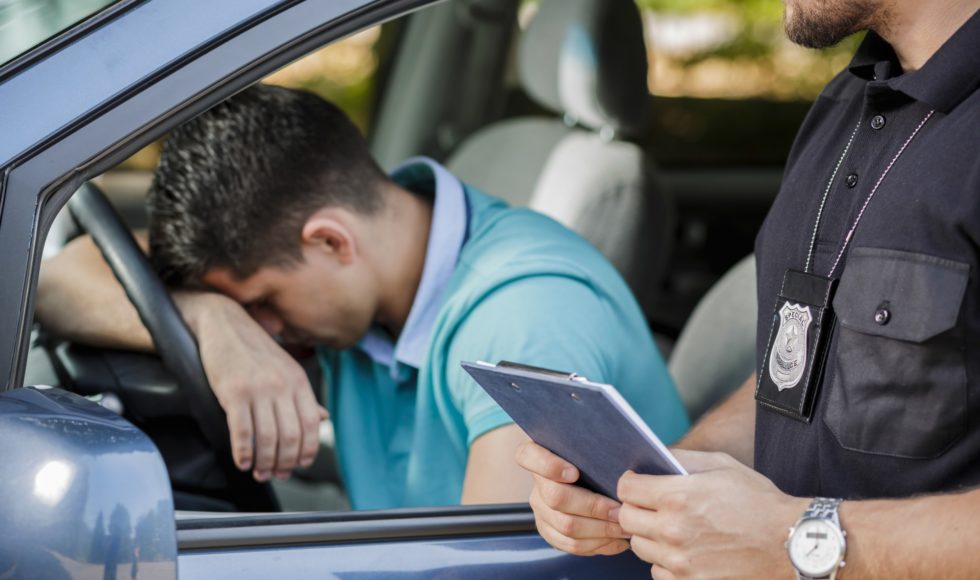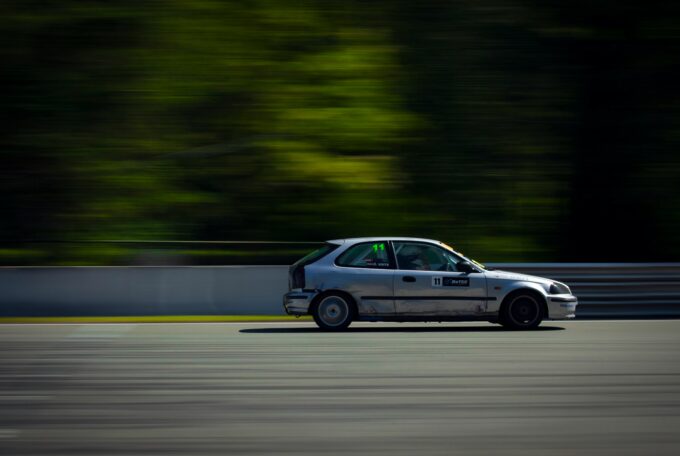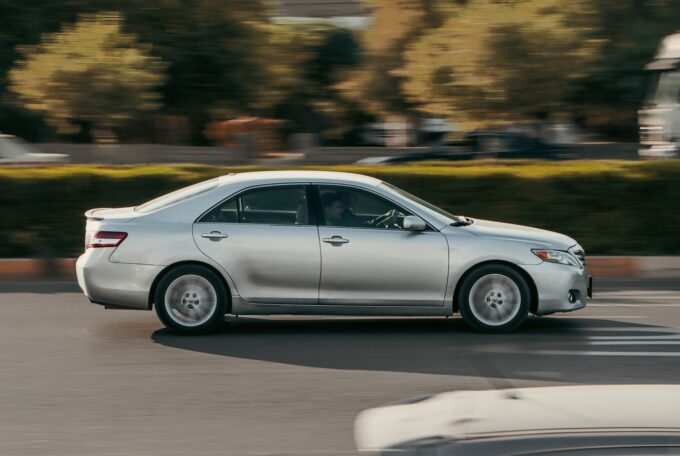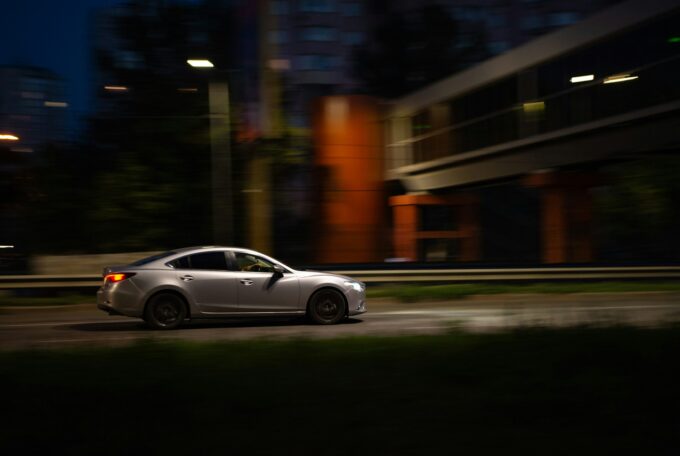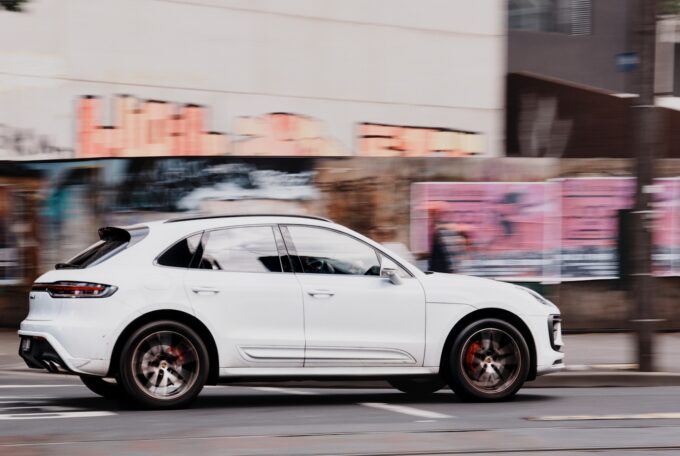What if answering a simple question could help you dodge a speeding ticket?
The question itself boils down to 8 little words. “How did you determine my rate of speed?”
There are actually many different ways that a police officer may determine that you were speeding. By understanding these methods (and their strengths and weaknesses), you can improve your odds of successfully fighting the speeding ticket.
Never Pay Right Away
Our first bit of advice is nice and simple, but it still surprises many drivers. Here it goes: if you intend on fighting a speeding ticket, never pay the thing right away!
You never hear about anyone challenging a speeding ticket after they pay for it. Why? Simple: payment of the ticket constitutes an admission of guilt on your part.
Now, the keywords here are “if you intend on fighting a speeding ticket.” There may be situations where you were speeding, the police have you dead to rights, and it’s not worth the time, money, and effort to fight the ticket.
How will you know if you have a good case? By understanding the strengths and weaknesses of the following speed detection methods.
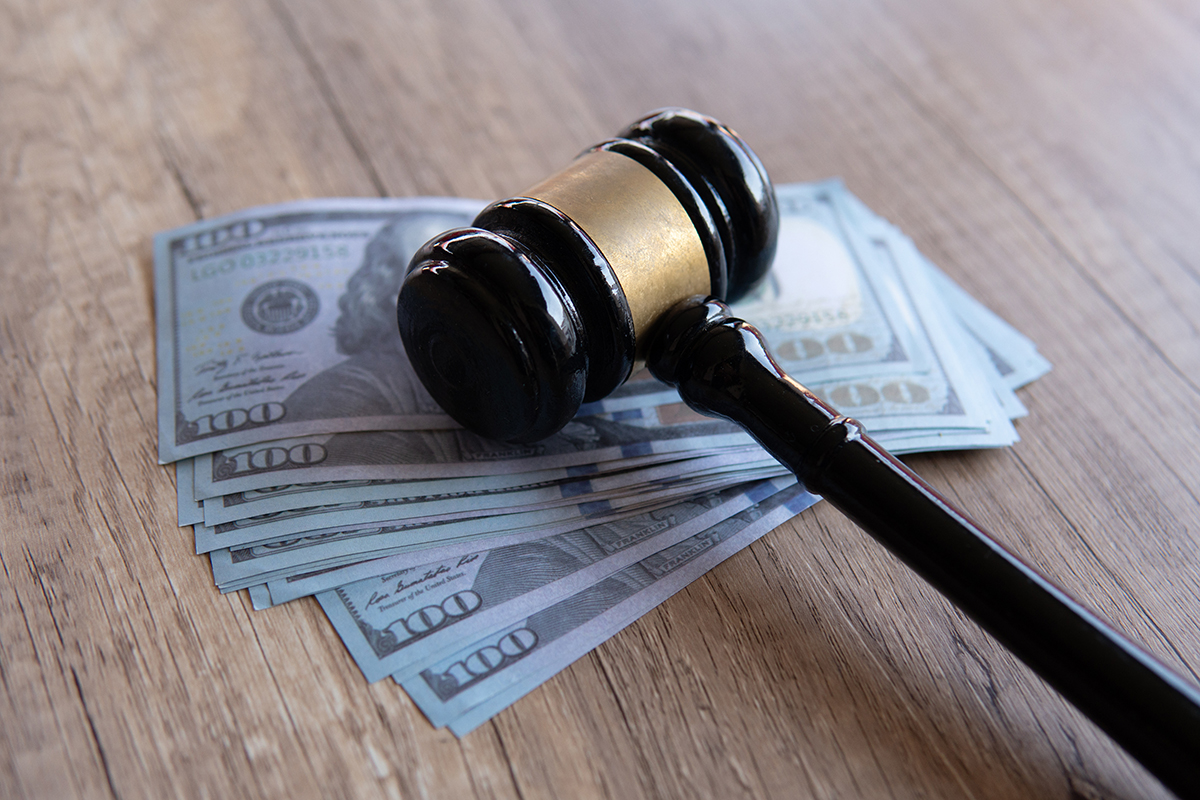
Pacing Method
Pacing is one of the most common (and low-tech) ways for a police officer to clock someone’s speed. With this technique, an officer “paces” a target car by following behind them. The officer then uses their own speedometer to determine if the person is speeding or not.
Ideally, the officer follows you long enough to accurately determine speed. If they did not pace you very long, you may be able to challenge the ticket.
Accurate pacing requires maintaining equal distance and steady speed for the entire time. If they aren’t behind you long, you may be able to claim they were measuring you using a “catch-up speed” rather than an accurate speed.
Low light and road conditions (including curves and hills) can also affect the accuracy of these results.
Aerial Detection
There are 2 forms of aerial speed detection. One involves measuring your speed between fixed highway points, and the other involves pacing your vehicle and using a stopwatch to determine your speed.
Obviously, you’re not going to get pulled over by a helicopter. Instead, an aerial officer must then call a patrol car to give you the ticket.
If you end up in court, request that both officers show up for court. If one fails to show up, or if the ground officer didn’t independently verify your speed, then they will lose their case.
You may also be able to argue errors in stopwatch speed calculation, especially if they didn’t follow you long or had some difficulty keeping your car in view. You can also ask how many cars they were tracking at once. This could affect the accuracy of their results.
Radar Detection
Radar is the most common form of technology-assisted speed detection. Radar works by sending out waves and then measuring how long it takes the signal to bounce back from your vehicle. The difference between transmitted and reflected waves of signals reflects how fast you were traveling.
While this is how the basic radar technology works, radar equipment comes in multiple forms. This includes car-mounted units (popular with traditional police patrols) as well as handheld units (popular with motorcycle police).
Your main way of arguing against radar detection results is to dispute the accuracy of the results. Your “cheat sheet” to this is to subpoena the instruction manual for the unit your officer used and see what the manual says about inaccurate readings.
If the radar was on automatic and/or scanning multiple cars, you may be able to dispute its accuracy. Conditions such as bad weather can also affect accuracy.
It’s worth asking the officer in court how they calibrated the radar unit. If they did not use a tuning fork, the results may not be accurate.

VASCAR Technology
VASCAR is an acronym for an extremely technical term: Visual Average Speed Computer and Recorder. While that may sound complex, the technology is little more than an electronic calculator/stopwatch combo.
When an officer knows the exact distance between two points, he can activate the electronic stopwatch when the car crosses the first point and hit it again when it crosses the second. The system then calculates whether you were speeding or not.
You can challenge VASCAR results on the basis of potential human error. Visual obstruction or weather may keep an officer from seeing exactly when your car crosses the 2 points. And slow reaction time on the stopwatch can render results inaccurate.
In other cases, the vehicle’s odometer may be faulty. Because VASCAR relies on the odometer, this will throw off the accuracy of any results.
Laser Systems
Laser detectors are basically an upgrade to traditional radar-based speed systems. They work on a similar principle: by bouncing lasers off of vehicles, an officer can determine the relative speed of a vehicle.
You may be able to challenge laser-based results if the officer was unable to hold the laser on the same point of the car the entire time. Doing so is often difficult because of the narrow beam. And, of course, the officer cannot see the invisible beam!
As with radar, traffic density can also affect laser accuracy. If you can argue that the level of traffic kept the officer from getting an accurate reading, you may be able to fight the ticket.
Legal Assistance
Fighting the police in court can be an intimidating task. You don’t have to do it alone, though, when professional legal assistance is available.
A good lawyer can help you navigate the confusing world of law and procedures. And they can help you subpoena the kind of evidence that helps you prove your case.
Furthermore, the lawyer’s existing knowledge of the area and their local network can maximize your odds of beating the ticket.

Rate of Speed: Fighting Tickets Together
Now you know why you should always ask how your rate of speed was calculated. But do you know where to find the speeding ticket defense professionals to help you beat the ticket?
We specialize in speeding tickets in the great state of Louisiana. To see how we can help you overcome these legal hurdles, contact us today!

